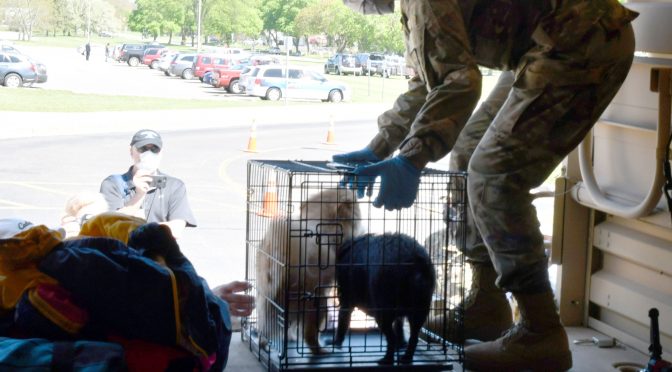March 2022:
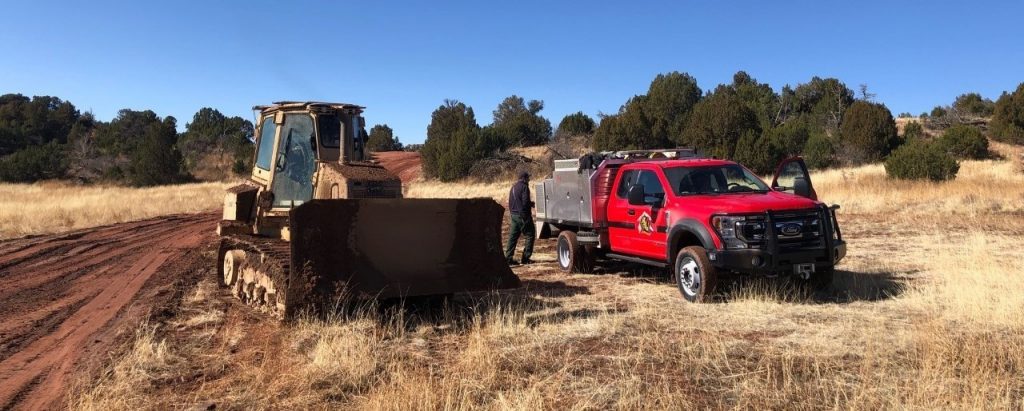
U.S. Army photo by First Lieutenant Zade Koch, 30MAR2022.
In Colorado, the Fort Carson Fire Department partnered with the 52nd Brigade Engineer Battalion/2nd Stryker Brigade Combat Team to conduct wildfire prevention by improving more than four miles of access roads used by firefighting units.
U.S. Army video, by Scott Sturkol, prescribed burns on Fort McCoy:

U.S. Army photo by Scott T. Sturkol, 28MAR2022.
The Wisconsin National Guard conducted airborne firefighting training on Fort McCoy.
Grissom Air Reserve Base in Indiana, firefighter survival school video by Technical Sergeant Joshua Weaver:
On 21MAR2022, a ‘four alarm’ wildfire started on Fort Devens, Massachusetts: “The difficulty is that the fire burns in an impact area. This impact area is about 650 acres that have been used by the Army for training since 1918, creating an area of unexploded ordinances and munitions, meaning firefighters can’t enter that area safely and have to work from the outside and from isolated fire roads that run through the impact area.”-Timothy Kelly, Devens Fire Chief

U.S. Army photo by Christopher Wilson, 15MAR2022.
Fort Sill, Oklahoma, conducted prescribed burns of 406 acres: “We plan these as much as a year in advance. We follow a strict set of parameters that not only protect us, the firefighters, but everyone on Fort Sill and the local communities.”-Jay Young, Chief of Fire Department Station 4
Puerto Rico Air National Guard video by Staff Sergeant Eliezer Soto:
Silent Florida Air National Guard video of Black Hawks, Hueys and Chinooks fighting the wildfires already taking place in Bay County:

U.S. Air Force photo by R.J. Oriez, 03MAR2022.
Beavercreek Township Fire Department, Ohio, held an intense three-day exercise at the Dayton Fire Department Training Center, and they asked Wright Patterson Air Force Base firefighters to officially judge the training: “We’ve asked Wright-Patterson Air Force Base for some of their chief officers to come over and help evaluate our performance. They are a disinterested, third party who have similar training and similar incident-management techniques. We’re regular mutual-aid partners, which means that if we have a major incident and we don’t have enough resources, they’ll send resources to support us and then vice versa.”-David VandenBos, Beavercreek Fire Chief

U.S. Army photo by Kevin Larson, 03MAR2022.
This is the final year of a multi-year U.S. Department of Defense led wildfire study. Fire behavior and smoke analysts from the U.S. Forest Service, the U.S. Geological Survey, the National Weather Service, University of Florida and University of Washington, descended upon Fort Stewart, Georgia, to observe annual prescribed burns, as part of the study. Joe O’Brien, a project leader with the U.S. Forest Service, says that despite what was taught in the past, fires are a necessary part of keeping wildlands healthy, plants grow back quickly (I remember back in the 1970s and 1980s being told by California officials that it took decades for plant regrowth after fires, yet I saw for my own eyes that plants/trees had recovered within a year after wildfires in the San Bernardino mountains) and the net effect is actually carbon reduction: “If you don’t burn these forests, you lose all the species that depend on this kind of forests….. You’ll see regrowth occurring almost immediately…. The net amount of carbon in the atmosphere is being reduced by the formation of this char.”
February 2022:
U.S. Air Force video by Senior Airman Reilly McGuire, Dyess Air Force Base prescribed burns:
A U.S. Army Corps of Engineers power plant operator tells you how he survived for 30 hours being trapped by Oregon’s Beachie Creek Fire:
U.S. Marine Corps HazMat fire training on Camp Pendleton, California, video by Corporal Daniel Medina:

Searching for victims.
Idaho’s Air National Guard conducted a mass-casualty fire drill on Gowen Field.

U.S. Army photo by Mike Strasser, 03FEB2022.
Fort Drum, New York, got a new fire truck.
January 2022:

U.S. Air Force photo by Airman First Class Deanna Muir, 28JAN2022.
Moody Air Force Base, Georgia, got a new wildland/off road fire truck.

U.S. Air Force photo by Airman First Class Chase Sullivan, 28JAN2022.
Barksdale Air Force Base, Louisiana, along with U.S. Fish and Wildlife, has been conducting prescribed burns to reduce fuel for wildfires: “There are years where we burn 3-thousand acres, and then there’s years where we burn 5-hundred acres. We can have a very wet year or a very dry year. It’s completely up to the weather.”-Matthew Stroupe, 2nd Civil Engineer Squadron

U.S. Air Force photo by Staff Sergeant Holly Cook, 26JAN2022.
The Dyess Air Force Base Fire Department conducted aircraft live-fire training with members of the City of Abilene Fire Department and the Abilene Regional Airport.
Video report, by Staff Sergeant Praxedis Pineda, Texas Army National Guard Black Hawk crews work the Bastrop fire:
Joint Base San Antonio-Bullies conducts prescribed burns, video by Todd Holly:

Photo by Wichita West Volunteer Fire Department, 08JAN2022.
On 08JAN2022, fire fighters from Sheppard Air Force Base, Texas, responded to a BNSF train derailment which caused a fire. The train was carrying highly flammable denatured alcohol.
December 2021:
The Connecticut Air National Guard revealed a new plan to integrate military and civilian fire fighters, it is known as ‘regionalization’. Local civilian fire departments say it’s all about the labor shortage: “The old philosophy was, it’s our jurisdiction, we’ll take care of it. Nowadays, we’re so short on staffing, we can’t do it by ourselves anymore.”-Jim Griskewicz, Deputy Chief of the Windsor Fire Department

Connecticut Air National Guard photo by Master Sergeant Tamara R. Dabney, 10DEC2021.
Connecticut Air National Guard hosted a regionalization training event on Bradley Air National Guard Base. They also revealed a new computer automated dispatch (CAD) system which eliminates the need for humans to operate: “Once we switched dispatch centers in July 2021, we were able to switch to a newer CAD-based run card system. If a 911 caller calls into a dispatch center and says it’s smoking in the facility, starts that run card for the resources that are required for that type of incident. They automatically would be dispatching these units without us having to call four or five different departments….”-Chief Master Sergeant Robert Cross, Connecticut Air National Guard
U.S. Wildfires 2021: WASHINGTON MILITIA DEPLOYS!
MILITIA & U.S. ARMY BATTLES LARGEST EVER FOR HAWAII!
MINNESOTA MILITIA RESPONDS!



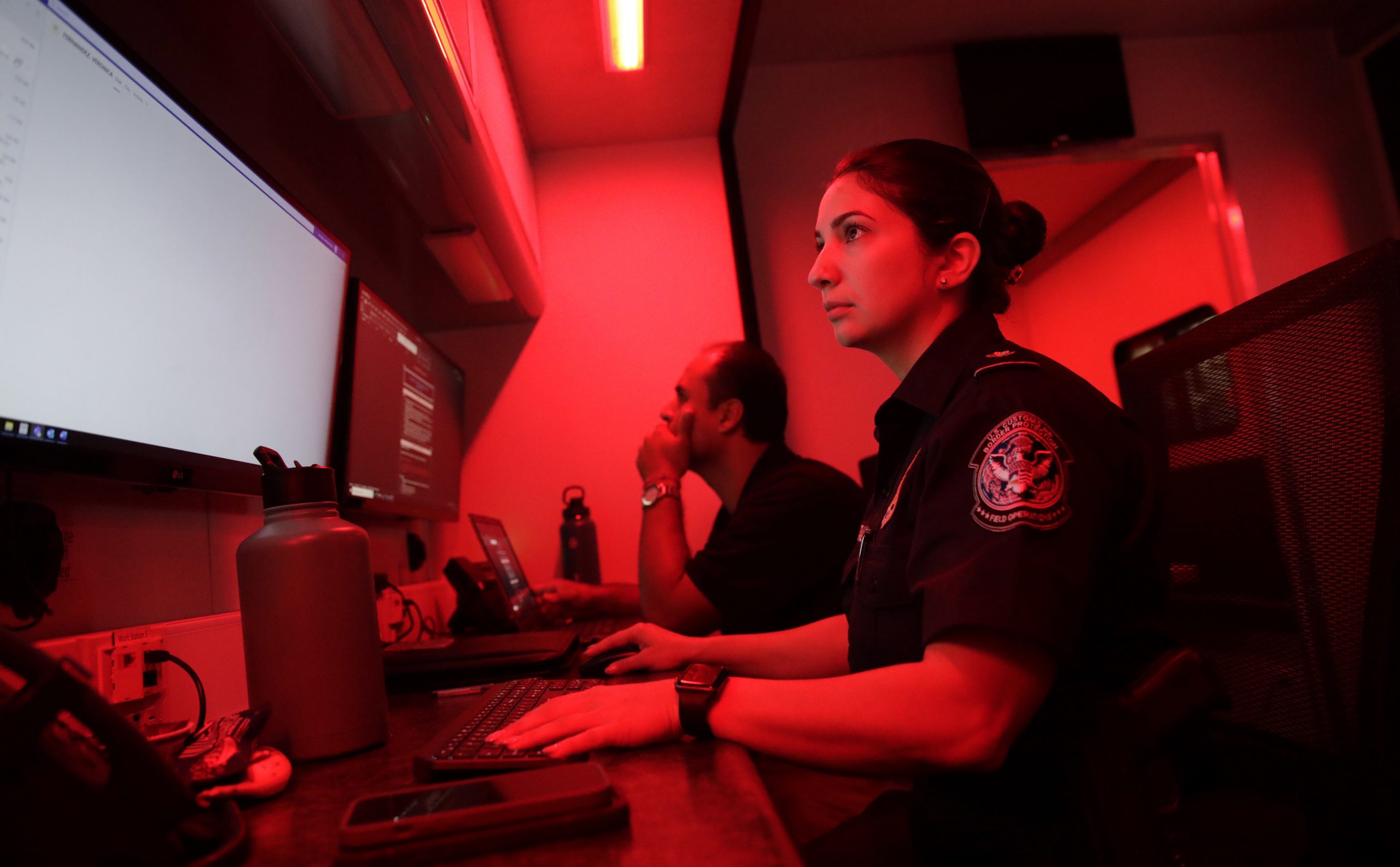


 HURRICANE HUNTERS ISSUE WARNING
HURRICANE HUNTERS ISSUE WARNING





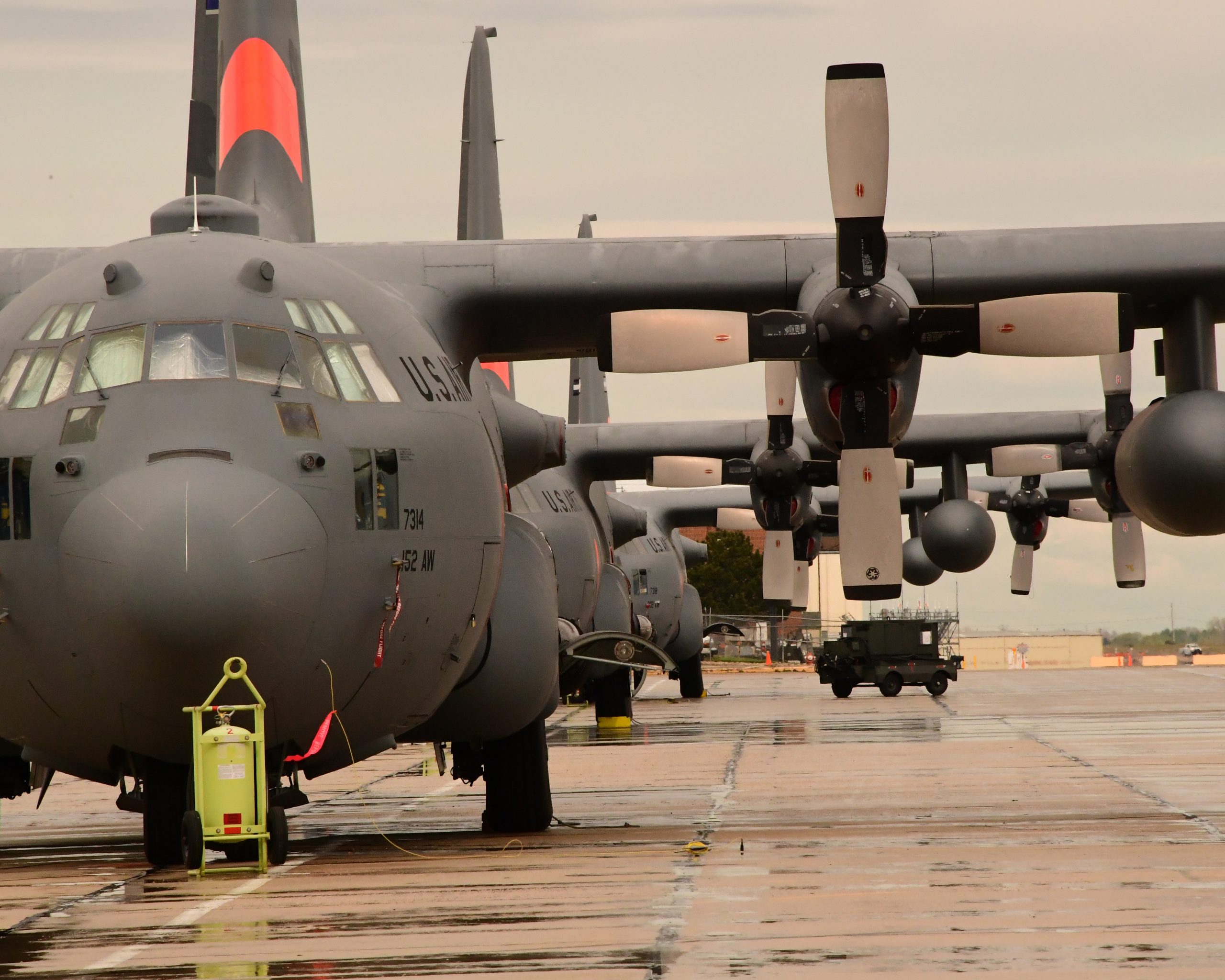









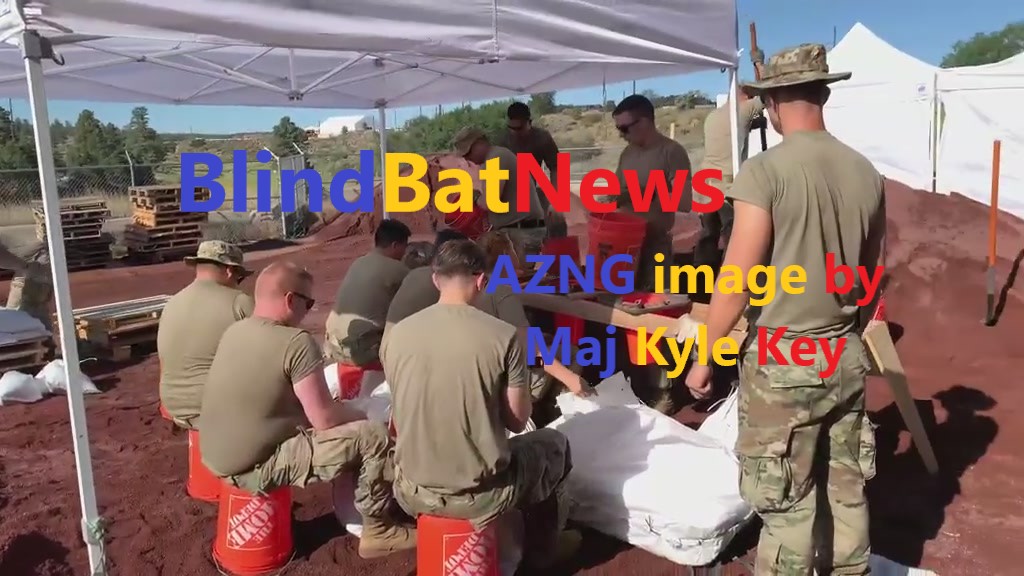

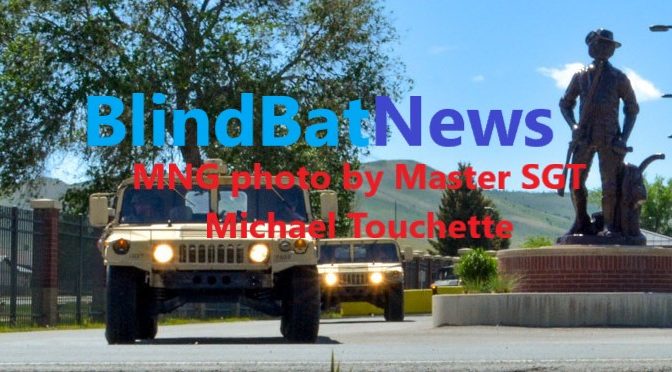
























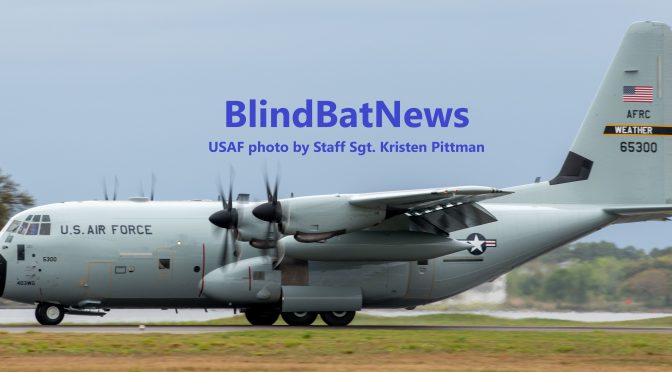



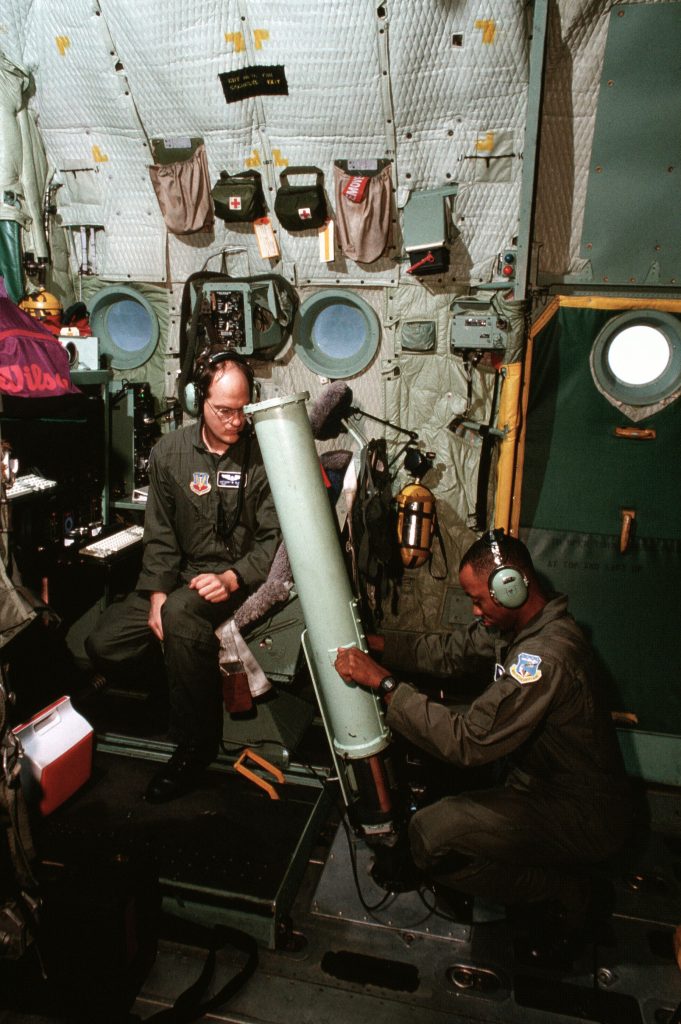















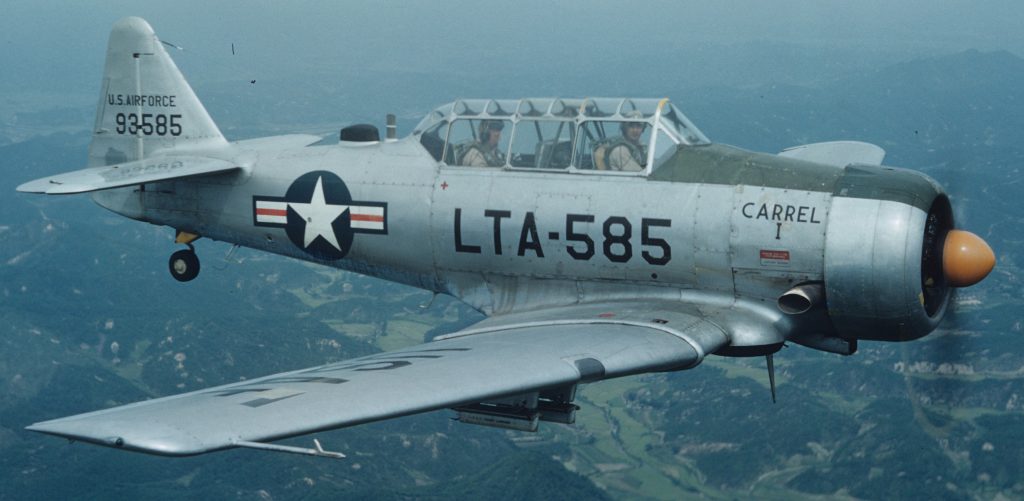







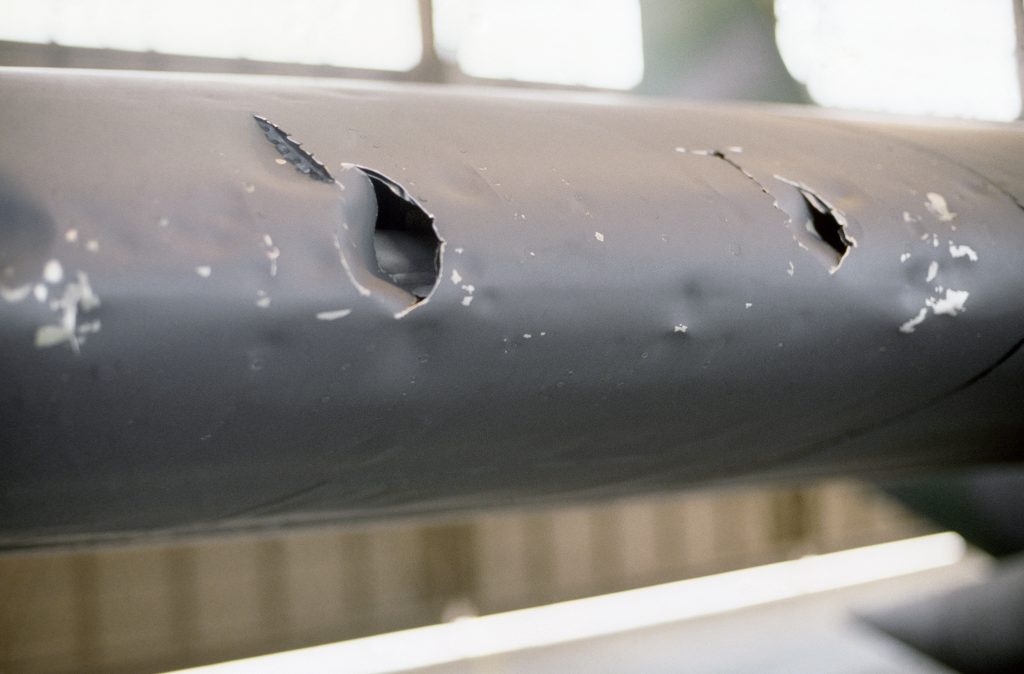










 DC-8-72 on the ground in Chile after an 11 hours flight to study ocean ice, October 2009.
DC-8-72 on the ground in Chile after an 11 hours flight to study ocean ice, October 2009. The information that came with this pic stated the DC-8 was being used to test alternative fuels in California, January 2009.
The information that came with this pic stated the DC-8 was being used to test alternative fuels in California, January 2009.
 Preparations for Operation Ice Bridge, Dryden Aircraft Operations Facility, California, late 2009. The cart full of computers is part of a Laser Vegetation Imaging Sensor, waiting to be installed on the DC-8.
Preparations for Operation Ice Bridge, Dryden Aircraft Operations Facility, California, late 2009. The cart full of computers is part of a Laser Vegetation Imaging Sensor, waiting to be installed on the DC-8. Inside the DC-8 Airborne Laboratory, being configured for Operation Ice Bridge, 2009.
Inside the DC-8 Airborne Laboratory, being configured for Operation Ice Bridge, 2009. DC-8 on approach to Dryden Aircraft Operations Facility, November 2008.
DC-8 on approach to Dryden Aircraft Operations Facility, November 2008. From November 1999 to March 2000, the DC-8-72 joined a NASA U-2 (aka ER-2) for SAGE III Ozone Loss and Validation Experiment (SOLVE), in Sweden.
From November 1999 to March 2000, the DC-8-72 joined a NASA U-2 (aka ER-2) for SAGE III Ozone Loss and Validation Experiment (SOLVE), in Sweden.











